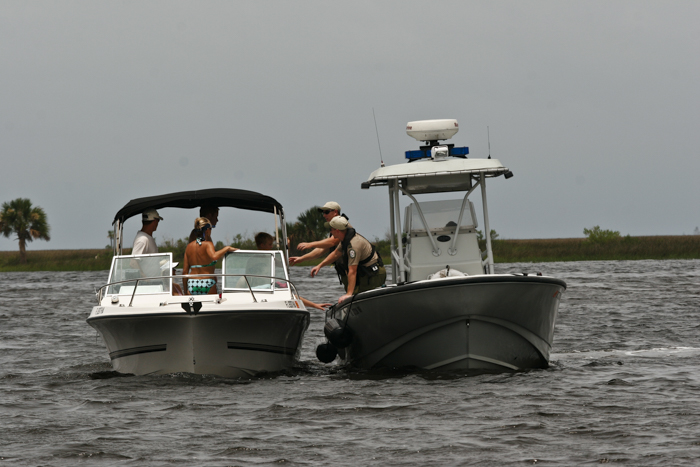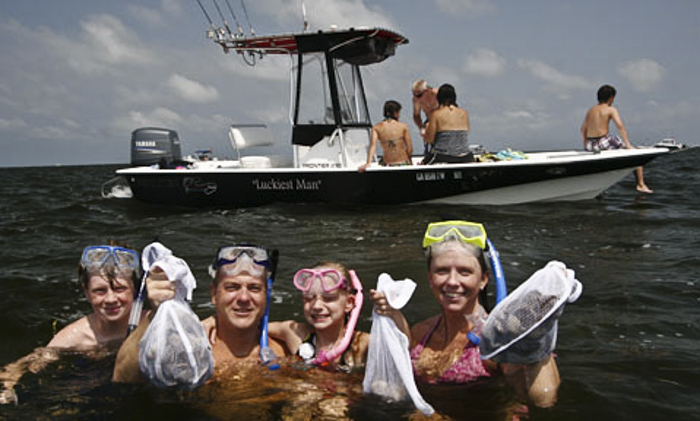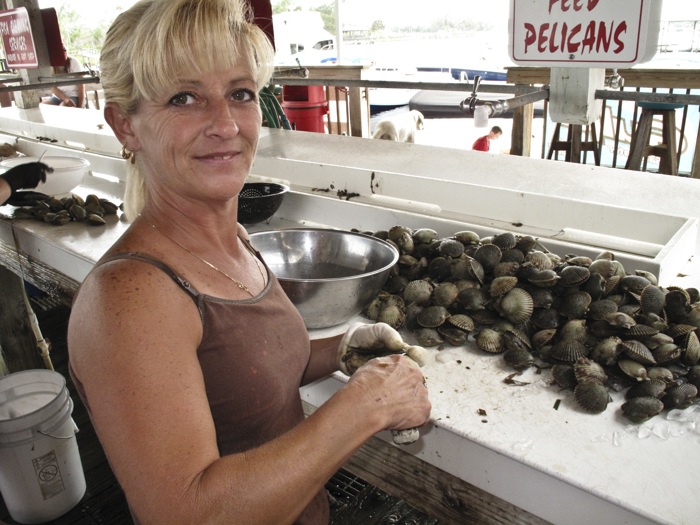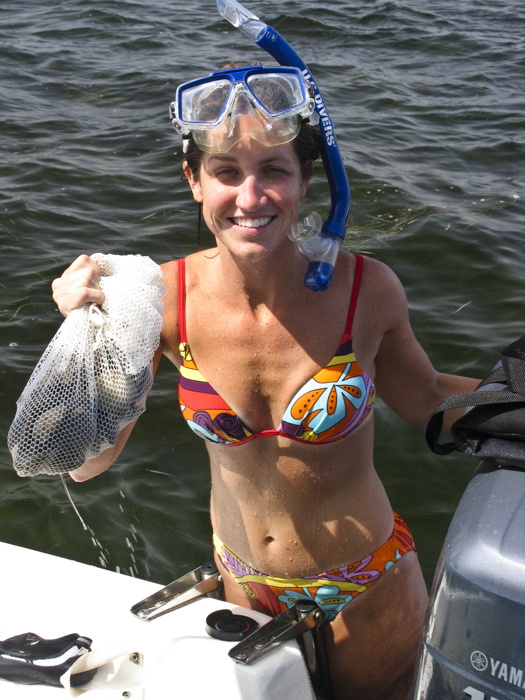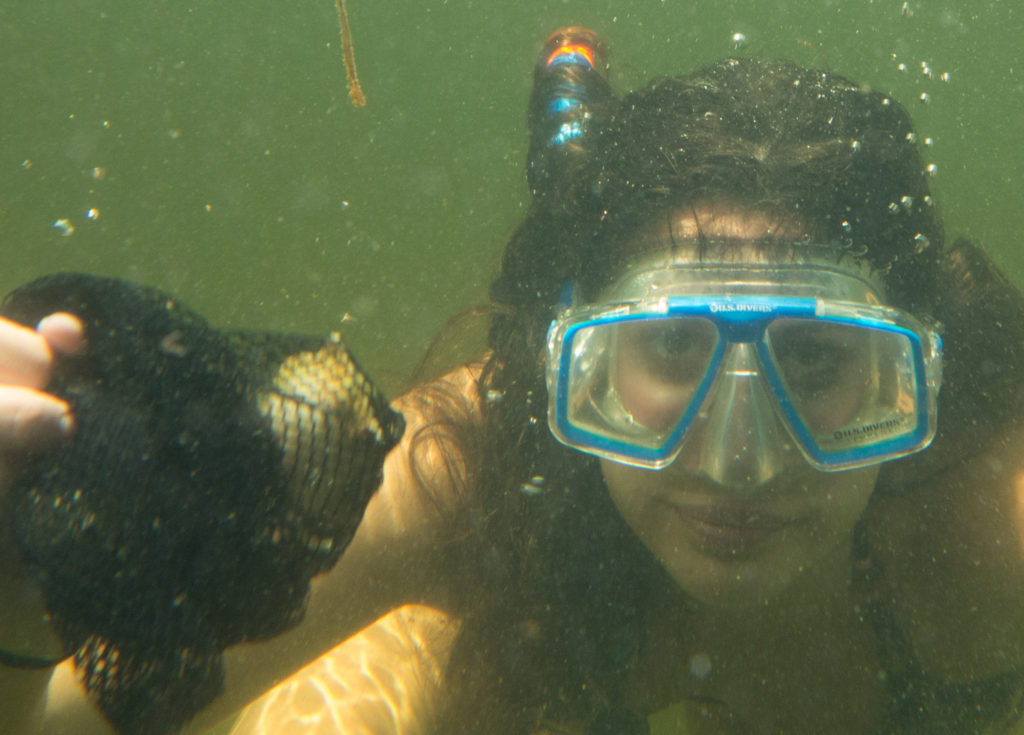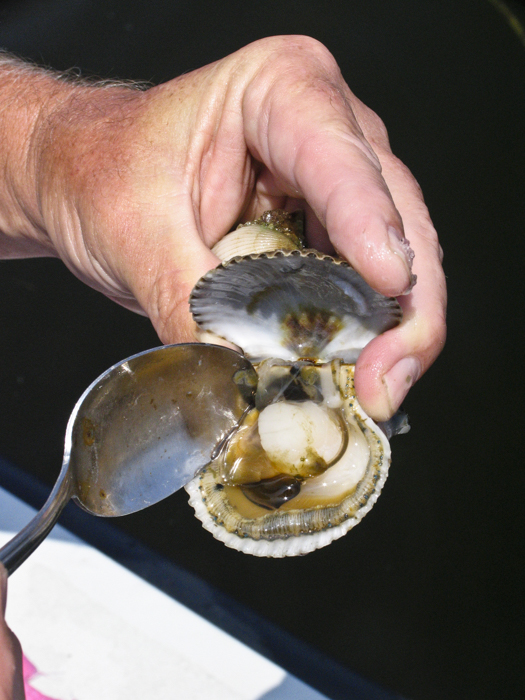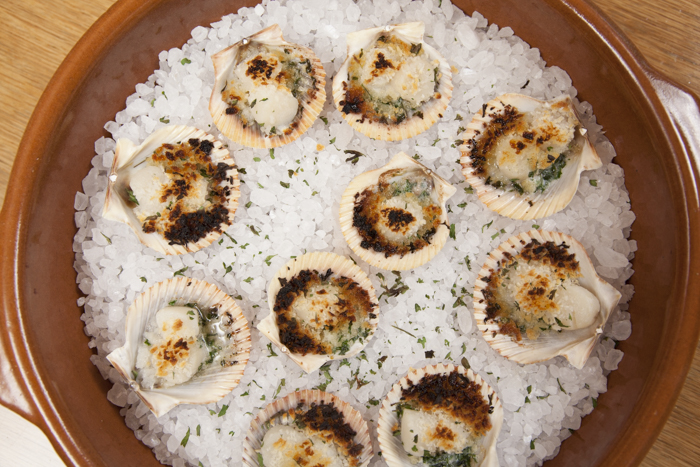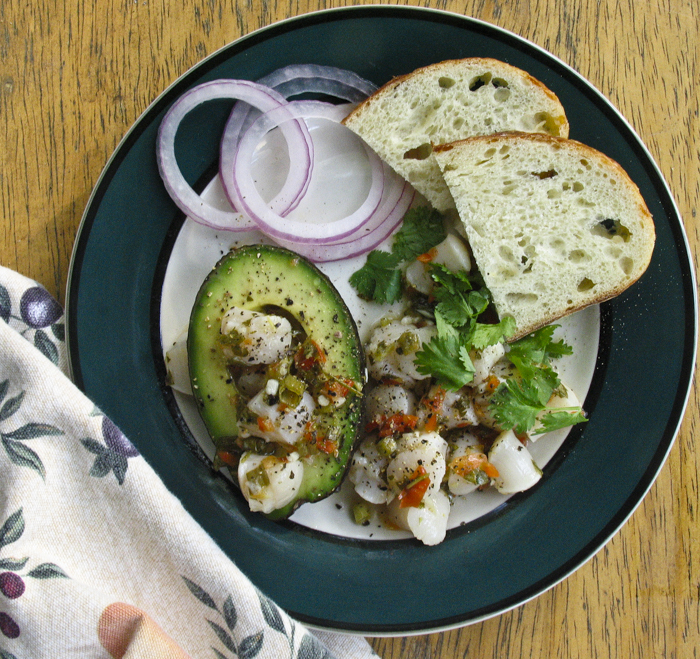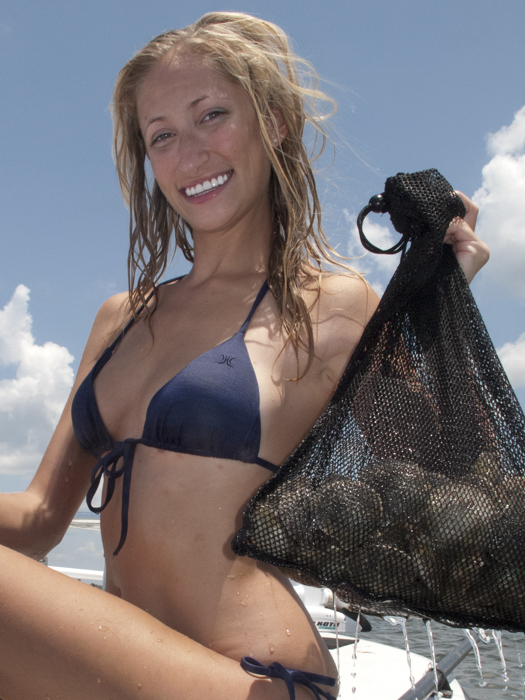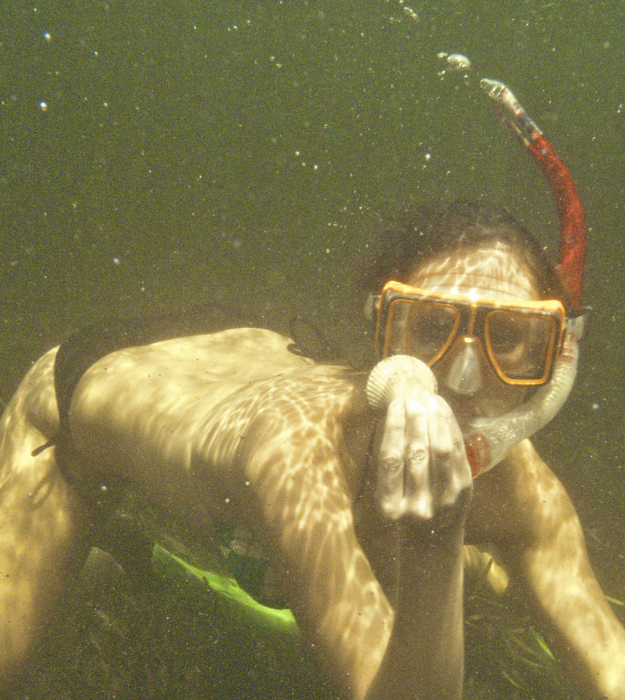2020 Bay Scallop Season Opens on Florida’s Big Bend, June 15
2020 Bay Scallop Season Opens on Florida’s Big Bend, June 15
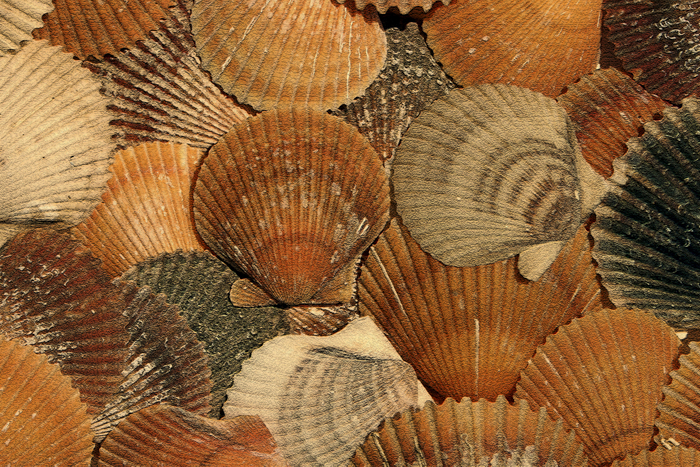
The annual bay scallop harvest is the largest economic driver for our Natural North Florida/Big Bend Gulf counties. Snorkelers, hoping for a meal of these tasty mollusks travel from far and wide to take part in what many consider an “underwater Easter egg hunt”!
The most popular counties in terms of a successful harvest are Dixie, Taylor and Waaulla. Levy and Jefferson counties likely have scallops hiding in their grass flats, but the water there is generally not clear enough to see them in the 3 to 6-foot depths.

Scalloping begins in Dixie and southern Taylor counties on June 15th this year, and lasts until Labor Day.. There’s little doubt that the epicenter of the harvest is Steinhatchee, located on the Dixie/Taylor County line. There, you’ll find boat ramps, marinas, marine services, excellent restaurants, and lodging.
As you can see, scalloping is fun for the entire family. And you can expect a great meal at the end of your trip. And while the cleaning of your catch can be a rite of passage for some of your crew, you may find it easier to take advantage of the services of the folks at marinas,, who will, for a very reasonable fee, clean, wash and bag your limit.
Catching Your Limit
Scalloping is the Big Bend’s alternative to South Florida’s lobster season. It’s a combination of complete madness at boat ramps and marinas, motels filled to capacity, family fun, and some of the best eating around.
Click this link to learn about Steinhatchee’s marinas and marine services. See Steinhatchee.com for info about motels, restaurants, home rentals, and charter guides offering scallop trips.
Scallops move.. One day they’ll be found in the clear water next to shore; the next they’ll be in 8-feet of water on banks far offshore. . No matter the depth, scallops are not hard to find, and the more they gather in one spot (A part of their reproduction cycle.) the better catches folks bring back to the dock.
If you’re the first boat out of port on the first day of scallop season, you probably need to pay attention to reports from marinas and local newspapers or television as to the location of the best potential areas. If you’re out on day two, just look for the flotilla!
Once you’re in the scallops’ neighborhood, you’ll need to do a little bit of searching, just to make anchoring worthwhile. Hopefully the water will be clear (Scallops like it this way.) and you can position a couple of ‘spotters’ to look for scallops with their light sides turned upwards. While most scallops are found with their dark sides upward to the surface of the water, a few tend to settle on the bottom flipped over, making it easy for boaters to spot them. If you see a few light or colored shells, that’s a good sign that there are more scallops nearby. If you’re in dark or deep water, you’ll more than likely need to get a crew member overboard to take a closer look before you commit to that particular spot.
Before you get your crew wet, regard a few rules—some official, some just based on good common sense. All scallopers, unless exempt, are required to have a Florida recreational saltwater fishing license. Scallops may only be taken by hand or with a hand-held net. Your boat must display a dive flag (Of size 20”x 24” or larger, with a stiffener, flown from the highest point of the boat.) or, if you’re wading from shore (That’s possible in some years!) each person must tow a 12” x 12” flag. When approaching the scallop ‘fleet’ keep an eye out for swimmers, divers and snorkelers and keep a legal distance (“Vessels approaching divers-down flags closer than 300 feet in open water and 100 feet in rivers, inlets, and navigation channels must slow to idle speed.”*) Keep a person aboard the boat at all times and instruct your scallopers that his or her word is ‘law.’ Crowds of scallopers don’t seem to scare away sharks, and the word from the Captain to get out of the water should be taken seriously. Also, good common sense tells most people that cleaning scallops aboard and then throwing the offal into the water near snorkelers is well outside the range of good judgment. Most people, that is. Your lookout should also keep a ‘head count’ of everyone in the water and alert folks, particularly children, lest they drift or swim too far from the boat.
If it’s your first time scalloping, you’ll need to make a trip to a local dive or tackle shop and pick up a few necessities. The aforementioned dive flag should be the first thing on your list, and mesh bags second. I’d advise getting bags in bright colors as black ones tend to get lost on the bottom if dropped. If you think you’ll be scalloping in waist-deep water you may not need anything other than a mask and comfortable wading shoes, but when the scallops get deeper where the tidal currents are strong you’ll certainly want to consider investing in swim fins and snorkels for everyone in your party. I also carry a 5-gallon bucket that’s been marked in 2-gallon increments. Individuals are limited to 2 gallons of scallops in their shells. Boat limits are 10 gallons total, even if you have more than 5 persons aboard. Take care to measure your catch carefully, as the FWC is out in force during scallop season, and they take bag limits of this precious resource very seriously. A 2-gallon individual limit will yield about a pint of cleaned meat. Unlike oysters, where you eat the entire animal, scallops are taken only for their adductor muscles (Those which open and close the shell.). Adductor sizes vary somewhat, and limits seem to have a higher yield towards the end of the season.
Scallop catching isn’t hard once they’re found. The hardest part for inexperienced snorkelers is using the equipment, but after a few minutes, even novices get the hang of timing their breaths and dives. While some scallops are easy to see, particularly if their light sides are facing upwards and they’re laying on top of the grass, most scallops are not immediately visible, and are snuggled down in the grass, dark side up. Finding an area with shorter grass and spotty white sand areas is preferred, and if you find yourself in such an area, your catch rate will be faster. Look carefully along the edges of white sandy patches and you’ll probably do better than if you are in grassy dark areas. If you do end up in an area of long ‘turtle grass’ try approaching the grass with the tide running directly towards you. That way, you’ll be able to look under the bending grass and will have a better chance of seeing the scallops. Mid-day times on sunny days help, too. Tides don’t really make a difference as to whether the scallops are there, but picking them will be easier in slow-moving currents. You will notice that scallops move with the tides and that an area you scoured can be re-populated in a matter of an hour or so when there’s current. Pick them up by hand or with a dip net as you find them and pop them into your dive bag, but be sure to pull the bag’s drawstring, as scallops will occasionally swim and escape. Scallops don’t bite so handling them is easy. Take them back to the boat frequently, measure your catch and get them on ice immediately.
It’s worth mentioning the hazards of scalloping. Scallopers should be award of sea urchins and take care not to grab or step on one. Stingrays are plentiful but harmless unless stepped on and late summer always brings hordes of stinging jellyfish. Be wary, but don’t let these marine threats spoil your trip. On a more serious note is weather. Hot summer afternoons almost always fuel big thunderstorms. Keep your eyes open and keep listening to the radio. Be prepared to haul anchor and run towards safer waters should the sounds of thunder approach.
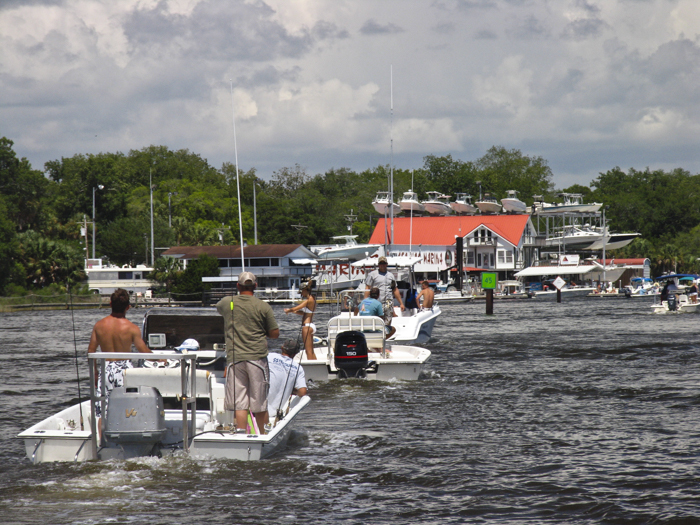
Scalloping is not big game fishing. nor does it involve specialized skills, knowledge or tackle. Scalloping is a fun day on the water for the entire family. The little kids can swim close to the boat, the bigger ones can pick scallops and look at starfish and small fish, and the adults can scallop, swim or just enjoy each other’s company. Followed by a dinner that night of freshly caught scallops, life “ain’t too bad”!
*For complete boating regulations see: myfwc.com/boating/safety/law_summary.htm
Here’s a short primer about scallop cleaning!
Scallop guts aren’t necessarily fragrant. You’re hot and probably sunburned. And they don’t keep well in an un-cleaned state, so they need to be dealt with. However, the final product is worth all the trouble, so here’s how it’s done:
First, get your catch on ice as soon as it comes aboard. Be sure to cover the shells with ice and let them sit for a while. If you plan to clean your catch aboard the boat, take a break for lunch while they’re cooling, and the shells will open automatically. This takes at least one step out of the cleaning process, and prying shells open is no small chore.
Second, holding the scallop in the palm of one hand, insert your cleaning tool into the shell and cut the muscle away from one half. Then carefully scrape the guts away from around the muscle, discard the guts, and use your tool to cut the muscle into a container. Do it again—and again!
Everyone seems to have his or her favorite scallop-cleaning tool. I prefer a cheap stainless steel tablespoon, its front edge sharpened with a bench grinder. Others use traditional oyster knives, but I think that’s overkill for these small shells. Then there’s the ‘Shop Vac’ method. I’ve seen it done—sucking the guts out of scallop shells with a vacuum cleaner, but I’ve never been in attendance to see the final cleanup of the machinery. I can imagine.
At Steinhatchee, at least, there is a great service provided by freelance scallop cleaners. These folks are usually available at marinas during the height of the scallop season to clean your catch for you. It’s simply a matter of getting your cooler of scallops in line for them to clean. Get there early, as lines get long after lunch and they’ve been known to clean scallops all night long. Prices vary, but the rates (based on weight or volume) are quite reasonable.
Scallop Cuisine 101
Each bay scallop produces just a small bite of meat, and it’s one that should be savored.
I suppose the most popular way scallops are eaten by Floridians is fried. Fried is fine, but scallops should never be battered. A very light coating of commercial fish breading or plain corn flour (Masa Harina at Latin grocery stores.) and a quick trip into 375-degree peanut or canola oil will produce a tasty result. Don’t drop too many into the oil at a time though, as you’ll end up with a soggy coating. Also, don’t overcook scallops. Let them fry until the centers are barely hot, drain them on paper towels, and get them to the table right away.
Another option is to toss scallops, without flour, in melted butter and then broil them in the oven for a couple of minutes. Try these over a bowl of cheese grits, and you’ll soon add this simple recipe to your file.
Scallops taste pretty good raw, right out of the water. I don’t know actually how safe that is, but you’re eating the muscle and not the internal organs. A quick squeeze of lime juice and a dash of salt and pepper probably make them safer, and they sure are tasty. *
A sophisticated, safer and more time-consuming approach to eating freshly shucked scallops is to ‘cook’ them in an acidic marinade and serve them as a salad. Scallops prepared as a ceviche have been pickled, in a sense, and are delicious.
